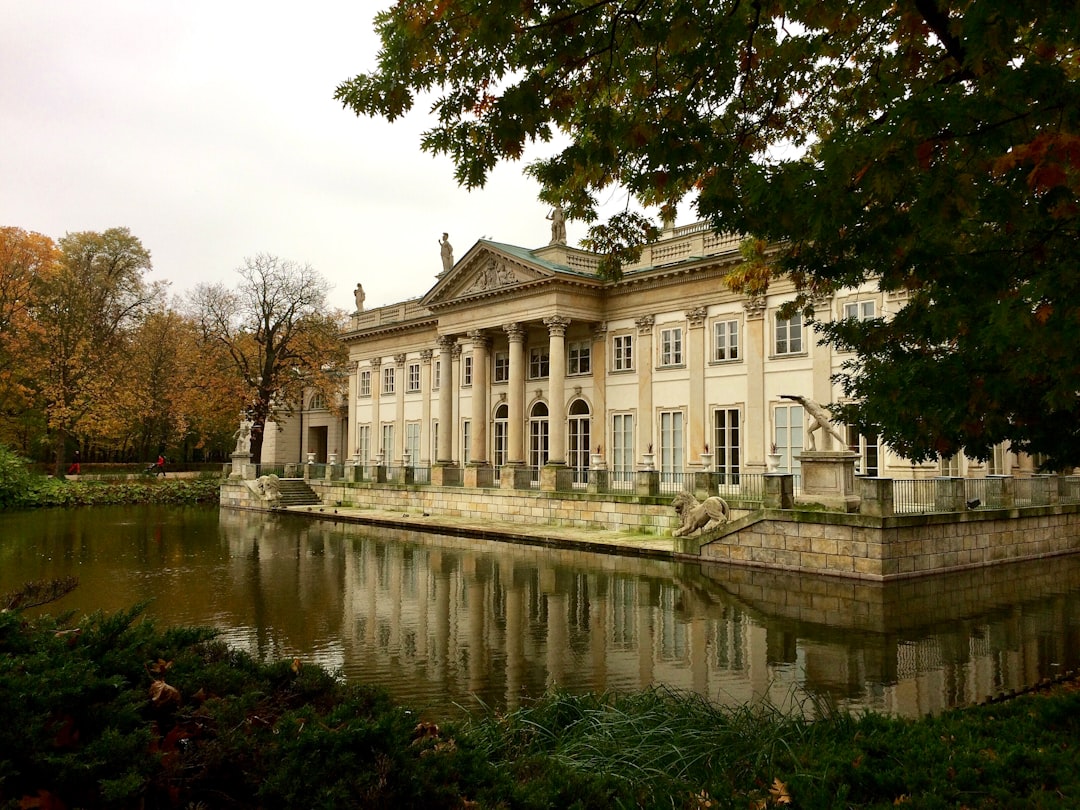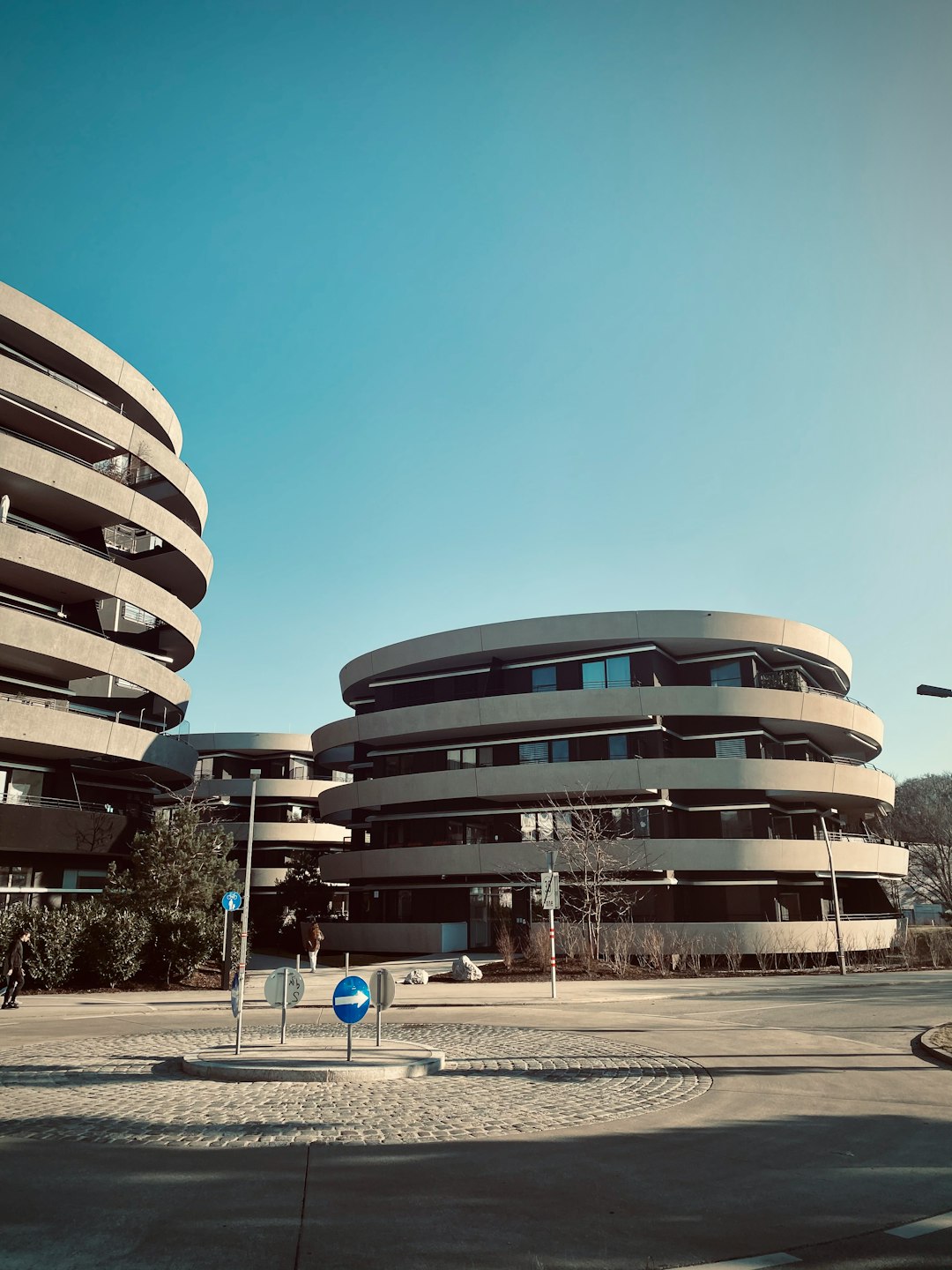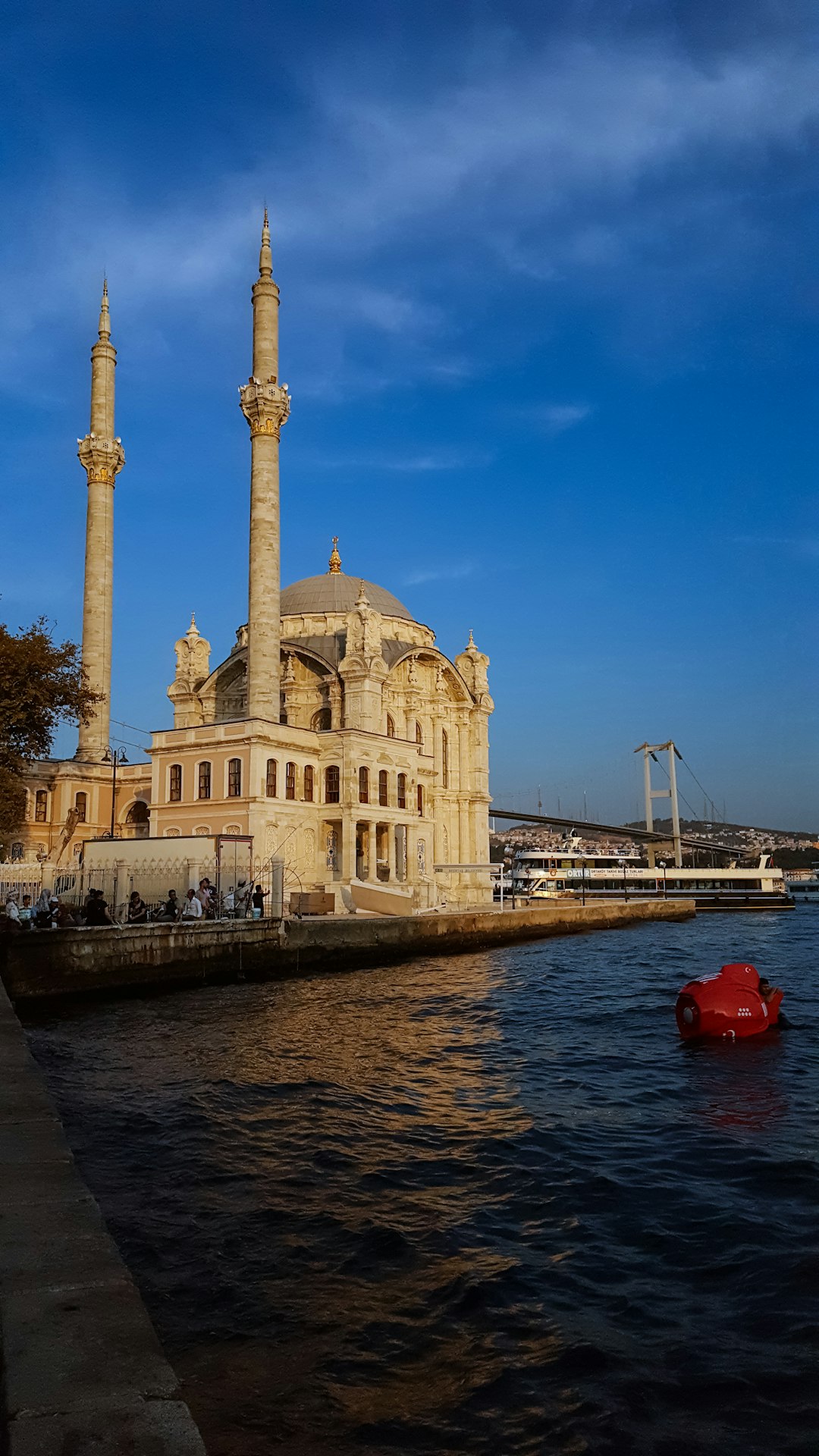Edinburgh, the capital city of Scotland, is renowned for its rich history, stunning architecture, and vibrant culture. It’s a city that seamlessly blends the old with the new, offering a unique shopping experience for visitors looking for one-of-a-kind souvenirs to take home.
Whether you’re a history buff, a fashionista, or a foodie, Edinburgh has something for everyone. From traditional Scottish tartan to contemporary designer boutiques, the city boasts a diverse range of shops and markets where you can find the perfect keepsake to remember your trip.
Here are some of the best places to shop for unique souvenirs in Edinburgh:
1. Royal Mile
The Royal Mile is a historic street that runs from Edinburgh Castle to the Palace of Holyroodhouse, making it the perfect spot for picking up traditional Scottish souvenirs. The street is lined with a mix of souvenir shops, independent boutiques, and artisanal stores selling everything from tartan scarves and kilts to handcrafted jewelry and pottery.
One of the must-visit shops on the Royal Mile is the Scottish Tartans Authority, where you can find a wide range of tartan fabrics and accessories. For a taste of Scottish whisky, head to the Scotch Whisky Experience shop, where you can sample and purchase a selection of the finest whiskies from around the country.
2. Grassmarket
Located just below Edinburgh Castle, Grassmarket is a lively square filled with a mix of vintage stores, boutique shops, and market stalls. It’s a great place to wander around and discover unique souvenirs, from retro clothing and antiques to handmade crafts and artwork.
For a taste of Scottish fashion, check out Walker Slater, a luxury tweed and tartan tailor known for its high-quality menswear and accessories. If you’re a lover of all things quirky and unusual, don’t miss out on Godiva Boutique, a vintage store that offers a selection of retro clothing, accessories, and home decor.
3. Jenners
Established in 1838, Jenners is Edinburgh’s oldest department store and a must-visit destination for luxury shopping. Housed in a historic building on Princes Street, the store offers a wide range of designer brands, fashion, beauty products, and home decor.
For a taste of traditional Scottish craftsmanship, head to the Scottish Design Exchange, a retail store within Jenners that showcases the work of local artists and designers. Here, you can find unique souvenirs such as handmade jewelry, ceramics, textiles, and artwork that reflect the rich cultural heritage of Scotland.
4. Stockbridge
Located just a short walk from the city center, Stockbridge is a charming neighborhood known for its independent boutiques, artisanal food shops, and eclectic market stalls. It’s a great place to shop for unique souvenirs and support local businesses while exploring the vibrant community of Edinburgh.
For a taste of the best of Scottish produce, visit Stockbridge Market on Sundays, where you can find a variety of fresh food, drinks, and handmade crafts from local producers. If you’re a lover of vintage fashion and antiques, check out the shops along Raeburn Place, where you can discover hidden gems and one-of-a-kind treasures.
5. The Biscuit Factory
Located in the creative hub of Leith, The Biscuit Factory is Scotland’s largest independent gallery and a one-stop destination for contemporary art, design, and gifts. The gallery showcases the work of over 200 artists and makers, offering a diverse range of paintings, prints, ceramics, jewelry, and textiles.
Whether you’re looking for a unique piece of artwork to decorate your home or a special gift for a loved one, The Biscuit Factory has something for every taste and budget. With regular exhibitions and events, the gallery is a hidden gem in Edinburgh where you can discover the best of Scottish creativity and craftsmanship.
In conclusion, Edinburgh is a shopper’s paradise with a wide range of shops and markets where you can find unique souvenirs to take home. Whether you’re looking for traditional Scottish tartan, contemporary designer fashion, or handmade crafts, the city has something for everyone.
So next time you’re in Edinburgh, be sure to explore these shopping destinations and pick up a special memento to remember your trip by. Happy shopping!






